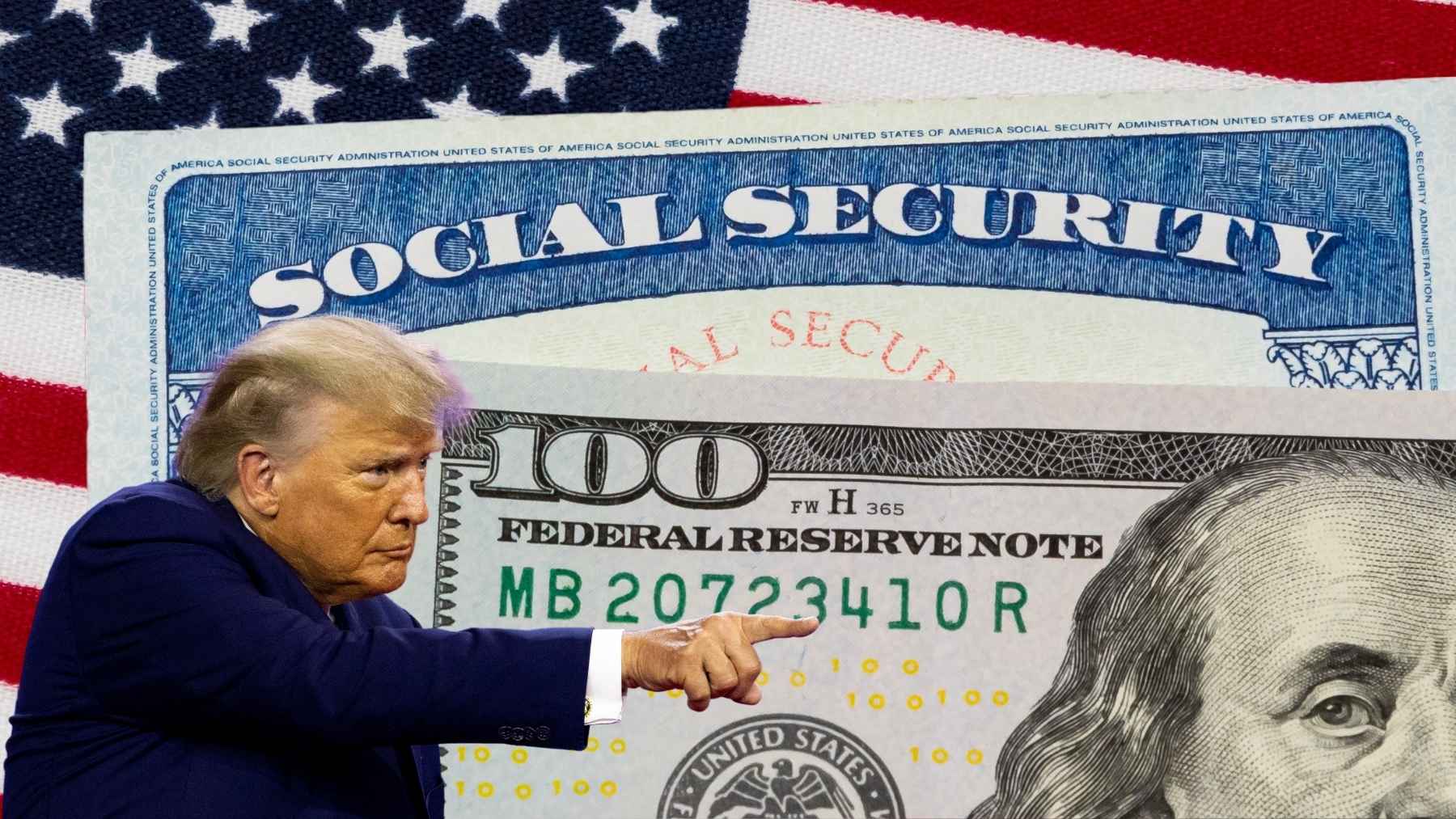Come September 30, 2025, the Social Security Administration (SSA) will stop sending out paper checks for good. The move, in the works for years, is meant to speed up payments, cut costs, and make the whole process safer for everyone involved.
Why the Change Is Happening
Switching to electronic payments isn’t a new idea. The U.S. Treasury first pushed for it back in 2010. Now, more than a decade later, the SSA is finally putting the plan into full effect.
The SSA says electronic payments come with clear benefits, they hit your account faster than waiting on a check in the mail and are much safer. In fact, they say paper checks are 16 times more likely to get lost or stolen.
There’s also a big cost difference. It takes about 50 cents to mail out one paper check, while an electronic payment costs under 15 cents. When you consider how many people get Social Security, that gap adds up to huge savings.
Options for Receiving Benefits
Once paper checks are gone, there are two main ways people can get their Social Security payments:
- Direct Deposit: The most common option, money goes straight into your bank account.
- Direct Express Card: If you don’t have a bank account, there’s an option to use a prepaid debit card. Each month, your benefits are loaded onto the card, which you can use just like any other, whether it’s buying groceries, paying bills, or withdrawing cash. And the best part? You don’t need a bank account or a credit check to get one.
These options are designed to make sure everyone still gets their money, especially folks who don’t use traditional banking services.
Addressing the Unbanked Population
Even though fewer people are unbanked these days, millions in the U.S. still don’t have a traditional bank account. In 2023, the Federal Deposit Insurance Corporation (FDIC) found that about 5.6 million households were unbanked.
Certain groups are hit harder than others, like low-income families, Black and Hispanic communities, people with disabilities, those with less education, and single-parent households. For them, the Direct Express card can be a lifeline, making sure they still get their benefits without needing a bank.
Concerns from the Public
While the SSA sees this shift as a necessary step forward, not everyone’s on board. Some beneficiaries are just now finding out about the change after seeing the notice on the SSA’s website, and many aren’t happy.
Comments have started rolling in, with people voicing real concerns. One person asked what kind of help will be available for elderly or disabled folks, especially those with mobility or vision issues.
These are fair questions and highlight the importance of clear communication and solid support as the transition moves forward.
How SSA Is Responding
In response to the pushback, the SSA says it’s already reaching out to people who still get paper checks. They’re sending out letters with step-by-step instructions on how to switch to electronic payments, and SSA staff are available to help walk people through it. For those who need more support, local offices and phone lines should be ready to assist.
The agency is urging folks not to wait until the last minute. Getting set up early means your payments won’t be interrupted, and it gives you time to adjust before the deadline hits.
Looking Ahead
Change can be tough, especially for older folks or those who aren’t comfortable with technology. The SSA believes this change will speed things up, make payments more secure, and lower costs. Moving away from paper checks should help cut down on fraud, get money into people’s hands faster, and save money for taxpayers.
But how well this switch works will really come down to how clearly the SSA communicates with people, how early they start reaching out, and the kind of support they offer to those who might struggle with the change.

